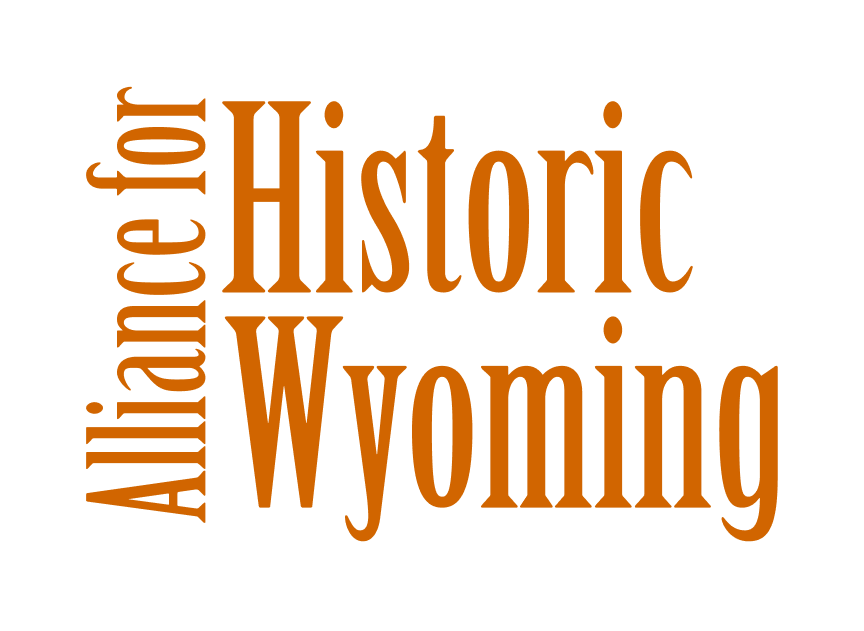By Luke Anderson
January 28, 2016
Wyoming’s economy has long been driven by energy extraction. Today, Wyoming is the leading coal producing state in the nation. The Powder River Basin is home to one of the nation’s largest coal mining operations and the Pinedale area was the site of some of the earliest hydraulic fracturing (fracking) efforts. What is less well-known is some of the remarkable industrial heritage sites that dot the state.
On the western edge of Lusk, in eastern Wyoming, sit two hulking cast-iron tanks. The tanks are the heart of C &H Refinery, the world’s smallest operating oil refinery. Listed on the National Register and recently recognized with a State Historic Marker, the C &H Refinery was cobbled together by Edwin Chamberlain and James Hoblit in 1933 by scrounging equipment from old refineries. Using equipment already considered obsolete, Chamberlain and Hoblit employed a process that carefully heated oil to break it into refined substances capable of heating homes and fuel automobiles.
The remains of this old platinum mine stand at the crest of a small mountain near Centennial, Wyoming.
Not far from Guernsey in southeastern Wyoming, you will find the Sunrise Mining District, another industrial heritage gem. This area has attracted people seeking copper-bearing minerals for thousands of years. Native Americans came here for ochre to use in their religious ceremonies. Then in 1899, copper mining operations began in earnest with the founding of the Sunrise Iron Ore Mine, which functioned until 1980. Covering some 225 acres, the now abandoned site sits at the base of Eureka Canyon. The old company town, including the mining region along with a railroad and maintenance yard, comprise the National Register-listed historic district.
On the other side of the state, other monuments to Wyoming’s industrial past persevere. In Reliance, you can still visit a 1936 coal tipple along with the remains of a less durable 1910 model. The tipples operated as sorting stations for the coal mined in Reliance. Chutes and hoppers used in the process also remain on site. The Reliance mines, first opened in 1906-1907, closed for good in 1955 after production peaked at 1.4 million tons per year during World War II.
Another fascinating glimpse into our industrial past are the Piedmont Charcoal Kilns, located south of Evanston. Built in 1869 to provide charcoal for Utah’s iron smelting industry, the kilns are unique structures rarely seen anymore. Piedmont was another of the towns built by the transcontinental railroad as it pushed westward. At one time, there were over forty operational kilns in this area. Today, three intact beehive-shaped kilns remain and are duly recorded on the National Register.
LIKE WHAT YOU JUST READ?
- Browse our archive of Historic Places and Spaces Profiles by clicking here.
- To learn about all of our campaigns and initiatives, click here.
- Subscribe to our newsletter to learn more about what’s going on in Wyoming.
- Donate or become a member to help us produce stories, organize events, and be a voice for preservation across the state.
- Like us on Facebook, and follow us on Twitter and Instagram to see our latest updates!




